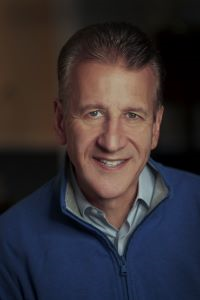The Relational Ladder
Tonight’s post on the relational ladder is taken from conversations and readings with Ed Wallace.
The world is changing and the noise around us at times is overwhelming. Network News, Round the Clock Cable Stations and then all the social media pounding on us. Cell Phones dinging in the middle of the night. How can we continue to create and maintain the personal relationships that are so important to life in general and your feeling of worth and well-being?
Ed, in his book, provides us a detailed path to follow, or perhaps I should call it a ladder to climb. Most of us driven by quotas and business goals and we are so focused on our objectives that we typically don’t spend enough time on our strategies and approaches for all the people and relationships that we have to have in place. But we have relational capital that we can spend which allows us to succeed.
Let’s quickly review some of Ed’s key points:
- The Principle of Worthy Intent – keeping the client’s wishes at your core
- The essential qualities of credibility, integrity and authenticity
- Understand that exhibiting these essential qualities we perform well
- Paying Attention to our GPS – Goals, Passions and Struggles
Through all that we have learned in Building Relationships that Last, we have built a Relational Ladder. A Path that we can follow to ensure we stay on the right track.
At the floor we start with our acquaintances which allows us to establish common ground. This allows us to show our integrity and establish trust with those with whom we are building a relationship. Then from the previous blog we are purposeful with time. We are both helpful and seeking help from everyone with whom we have a relationship.
It is from this approach to relationships that we must consider two important personal characteristics; Humility and Gratitude. It is important to understand and accept that there are people who will know far more than we know and be able to do far more than we can do. This is a good thing as we have many examples of people from whom we can take guidance and create models of activity or behavior ourselves. Humility is a good attribute to have. This allows us to develop the knowledge, self-control and discipline to continue on the path aimed at reaching our potential.
Understanding and accepting your individual sense of purpose is a difficult task. Asking for help as in the Relational Ladder is critical in this process. Understanding our GPS – Goals, Passions and Obstacles is an important piece of the puzzle in building relationships. Then we can move effectively to the next step POP – Purpose, Outcomes and Process. The totality of Building Relationships that Last.
In what I call our Passion to Perform we all have similar traits. We strive for those things that Max was able to exhibit in how he conducted his business.
- Increases in Customer Loyalty
- Increases in Revenue per Transaction
- Increased Recurring Business
- More Competitor-proof
- Becoming a Respected Advisor
Everyone wants to do a good job in anything that they do. Similarly, we can all do more than we think we can. The problem is that most people are fundamentally lazy. That latter point is not necessarily a bad thing it just means that they are trying to be effective, not efficient, in what they do. My purpose in life is as a teacher. It is helping people find and then understand their potential in life and then assisting them in the process of achieving it.
Life is a journey and there are many challenges and opportunities along the way. Learning to manage our professional and private relationships is an important part of our lives. Passionate People Perform. I have learned a lot from Ed and value our relationship. Reading his book and knowing the man has made me a better person.
I am sure that the same will be true for you. Thanks, Ed.

